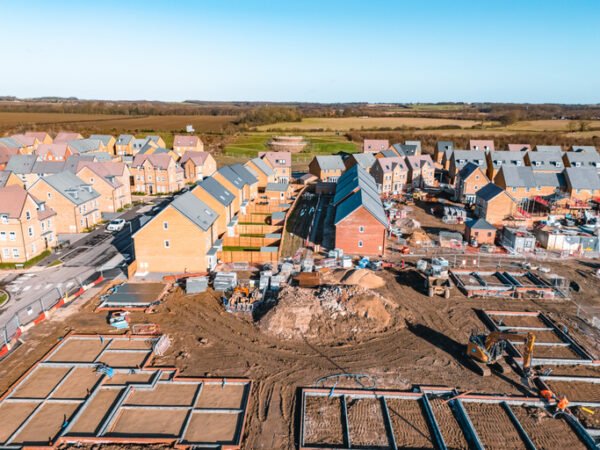Barbecues and sunny beaches feel like the only kinds of heating worth thinking about over summer – but this is also the best time to start thinking about your home heating.
There are more heating options available now, and renewable technologies can slash your energy bills while delivering regular payments through the Renewable Heat Incentive (RHI).
The RHI is designed to offset the higher upfront cost of renewable technologies when compared with more established and carbon-intensive options. It offers homeowners a quarterly payment which is guaranteed for seven years.
If you want to reduce your monthly bills while also doing your bit to address climate change, an air source heat pump could be the way to go.
Heat pump 101
 Almost every home in Britain already has a heat pump – sitting in the kitchen. A heat pump uses the same technology as a refrigerator, but in reverse.
Almost every home in Britain already has a heat pump – sitting in the kitchen. A heat pump uses the same technology as a refrigerator, but in reverse.
While a fridge extracts the ‘heat’ from your food to keep it cool or frozen and rejects this heat out of the back, an ‘air source’ heat pump uses the same basic technology to extract low-grade heat from the outdoor air and upgrade it to the temperatures needed to keep your home and your hot water at exactly the right temperature.
The most straightforward air source heat pumps to use are called ‘monobloc’ systems. They’re fitted outside the home and are relatively easy for qualified heating engineers to install. These heat pumps often work directly with existing heating infrastructures such as radiators, and can work in a hybrid situation alongside current gas, oil and LPG heating.
Heat pumps run on electricity but harvest renewable heat from the outdoor air; this means that for every one unit of electricity consumed, the home can receive an average of three or more units of heating. They will do this even in the depths of winter and will work efficiently down to outdoor temperatures of -15°C.
Deal with leaking heat
Like any heating system, a heat pump works most effectively in properties with high levels of thermal efficiency, so the first question anyone considering a heat pump should ask themselves is whether they need to improve their home’s energy performance.
To qualify for the RHI, the government’s Green Deal Assessment insists that you undertake basic improvements, such as cavity wall insulation, loft insulation and double glazing, before installing a heat pump. Both the heat pump and the installation must also be approved under the government’s Microgeneration Certification Scheme (MCS).
Once you’ve looked at your home’s thermal efficiency, an air source heat pump will almost certainly cut down your running costs and significantly reduce your carbon footprint.
Whatever the home, as long as it achieves modern levels of insulation and thermal efficiency, there is almost certainly a heat pump to suit it.
 Play Video about This Rock Might Just Save The World
Play Video about This Rock Might Just Save The World Play Video about Play 2 hours of rock
Play Video about Play 2 hours of rock Play Video about Play 2 hours of brook
Play Video about Play 2 hours of brook Play Video about Play 2 hours of sheep
Play Video about Play 2 hours of sheep


















 Almost every home in Britain already has a heat pump – sitting in the kitchen. A heat pump uses the same technology as a refrigerator, but in reverse.
Almost every home in Britain already has a heat pump – sitting in the kitchen. A heat pump uses the same technology as a refrigerator, but in reverse.
























